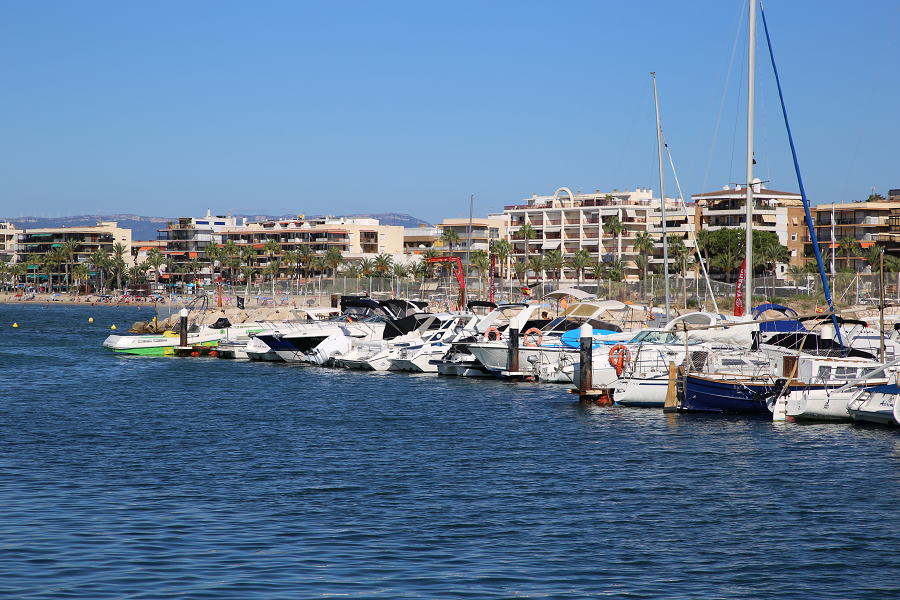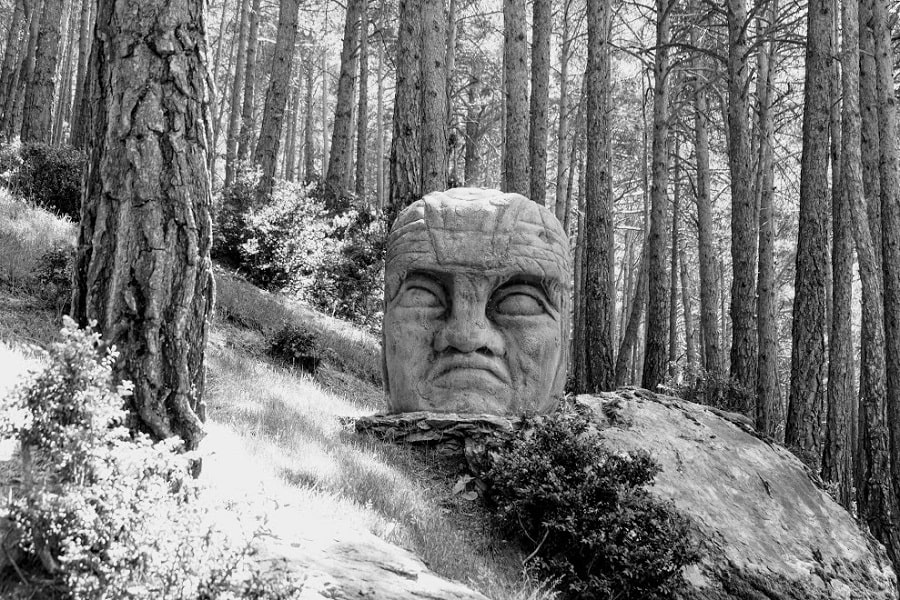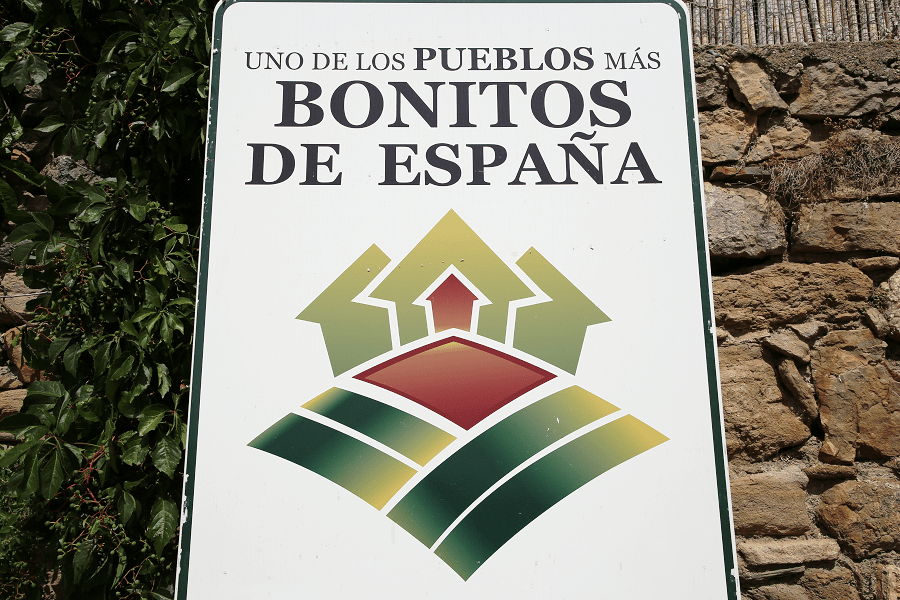Juliobriga was the most important urban centre in Roman Cantabria in Spain, as stated by numerous Latin authors including Pliny the Elder. The site has traditionally been identified with ruins in the village of Retortillo near Reinosa and the Ebro reservoir (Cantabria), in the municipality of Campoo de Enmedio.
The ruins of Retortillo were first identified with Julióbriga in the second half of the 18th century by Enrique Florez. Numerous historians and archaeologists have worked on the site since, including some of Spain’s foremost. The ruins of Juliobriga were declared a Heritage Site (Spanish: Bien de Interés Cultural) by the Spanish Government on March 29, 1985.
Roman architecture in Julióbriga reaches its maximum definition at the end of the 1st century, characterized by large stone plinths made of masonry taken with mud in combination with sandstone masonry (the only remains that can be seen today).
Remains of stucco have been found in the richest houses, as well as plaster in others. There was also a porticoed street behind the forum, flanked by square pilasters.
In the city, mansions with peristyle courtyards of typical Roman architecture coexisted with more modest freestanding housing blocks, without an interior courtyard and with an exterior plot of land with smaller buildings such as hórreos (one of them is preserved) and stables.
Among the remains are:
The Roman forum of the city, of small dimensions, built on top of the hill, near and under the Romanesque church of Retortillo.
Casa de los Morillos, from the year 80 AD.
House of mosaics, with striking black and white pavements, baths and a hypocaustum.
Tabernae; an insulae type building with terracing of the land to be able to house warehouses and shops.
The Domus Romana museum opened its doors in 2003 on the Julióbriga site.
How to get to?
Nearest airport is in Santander.
From Santander 59 min (77.8 km) via A-67
From Madrid 3 hr 42 min (383 km) via A-6 and A-67
GPS coordinates: 42°59′12″N 4°06′44″O













